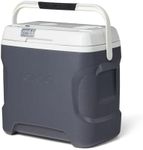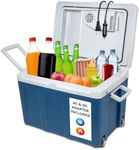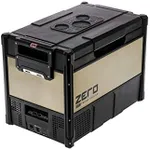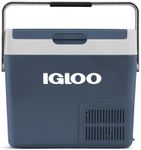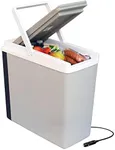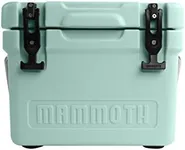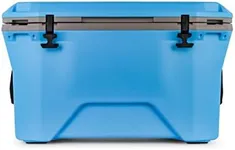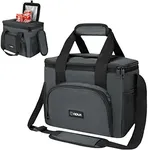Buying Guide for the Best Electric Cool Boxes
Choosing the right electric cool box can make a big difference in your outdoor adventures, road trips, or even daily use. Electric cool boxes are designed to keep your food and drinks cool without the need for ice, making them convenient and efficient. To find the best fit for your needs, consider the following key specifications and understand how they impact the performance and usability of the cool box.CapacityCapacity refers to the amount of space inside the cool box, usually measured in liters. This spec is important because it determines how much food and drink you can store. Smaller cool boxes (around 20 liters) are suitable for short trips or personal use, while larger ones (up to 50 liters or more) are better for family outings or extended trips. Consider how much you need to store and choose a capacity that fits your requirements.
Cooling PerformanceCooling performance indicates how well the cool box can maintain a low temperature. This is typically measured in degrees Celsius below ambient temperature. Higher performance cool boxes can keep contents cooler, even in hot environments. For general use, a cool box that can cool 15-20°C below ambient temperature is usually sufficient. If you plan to use it in very hot conditions, look for one with higher cooling performance.
Power SourceElectric cool boxes can be powered by different sources, such as 12V car sockets, 230V mains electricity, or even solar panels. This spec is important because it affects where and how you can use the cool box. If you need a cool box for car trips, ensure it has a 12V adapter. For home use or camping with access to electricity, a 230V option is ideal. Some models offer dual power options for versatility.
Energy EfficiencyEnergy efficiency refers to how much power the cool box consumes to maintain its temperature. This is important for long trips or when using battery power, as more efficient models will last longer and save energy. Look for cool boxes with energy-saving features or those rated for low power consumption. If you plan to use the cool box frequently or for extended periods, prioritize energy efficiency.
PortabilityPortability includes factors like weight, handles, and wheels. This spec is important for ease of transport, especially if you need to move the cool box frequently or over long distances. Lightweight models with sturdy handles or wheels are easier to carry and maneuver. Consider how often and where you will be transporting the cool box to choose one with the right portability features.
DurabilityDurability refers to the build quality and materials used in the cool box. This is important for ensuring the cool box can withstand rough handling and outdoor conditions. Look for models made from high-quality, impact-resistant materials. If you plan to use the cool box in rugged environments or for heavy-duty use, prioritize durability to ensure it lasts longer and performs well.
Additional FeaturesAdditional features can include things like digital temperature control, USB charging ports, or interior lighting. These features can enhance the usability and convenience of the cool box. Consider which extra features might be useful for your specific needs. For example, digital temperature control can provide more precise cooling, while USB ports can be handy for charging devices on the go.

